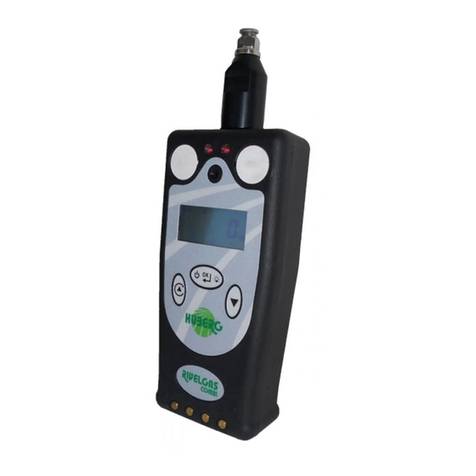
Form creation date: 01.04.2008
Document creation date: 13.01.2020
2 / 18
Our products for gas safety
The professional instrument for the
detection and localization of gas leaks
for CH4 e C3H8 with Bluetooth and
GPS.
There is also a version with Ethane
sensor.
Set of probes for all purposes
to use with HUBERG
instruments: carpet probe,
sucker probe,flexible probe,
hand held probe and
extendible probe.
The new portable instrument for gas
leak detection and localization of gas
leaks for CH4 e C3H8 and for toxic gas
(O2, CO, H2S)
Portable instrument for
verifying the calibration and
the flow rate.
Instrument for the personal safety, for
HC (CH4 e C3H8) and toxic gases (O2,
CO, H2S).
Portable instrument for the
detection and localization of
micro gas leaks (CH4 e C3H8)
and for personal safety (O2,
CO, H2S).
Portable instrument for the detection
of methane and propane.
The portable gas
chromatograph for the
measurement and analysis of
odorants in gas distribution
networks.
Explosion-proof vacuum aspiration
pump to drain residual gas from the
ground.
Instrument for the
measurement of THT in
network.
Special vehicles for preventive and systematic gas leak
survey in real-time (selectivity IR methane detection, GPS
on board). System controlled by computer and all the
survey can be connect to the company cartographical
system.



























